The Fuel Consumption Dilemma: Why Many Americans Are Getting 12 MPG Instead of the Advertised 20 MPG
Poor fuel economy is one of the most common “illnesses” of used cars. Here’s what causes high fuel consumption, how to fix it, and what to look out for.
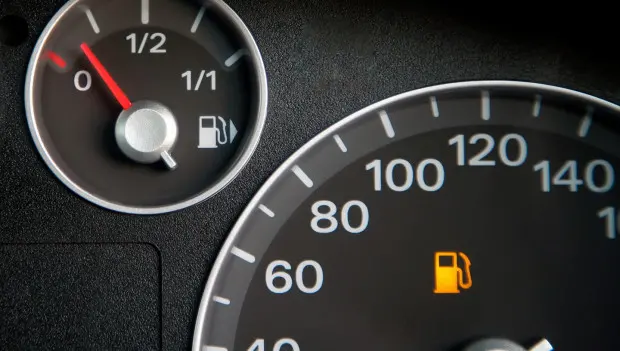
A car’s unhealthy fuel appetite is one of the most typical issues seen in used vehicles — and the reasons can vary widely. Our editors take a closer look at what’s behind excessive fuel consumption.
Let’s be honest: on most cars over 15 years old, it’s nearly impossible to stay within the factory-rated fuel economy, even in perfect conditions. And even plenty of ten-year-old models suffer from increased thirst. The causes are often complex — a mix of specific technical faults and general wear of the systems. You shouldn’t rule out driver-related factors either.

An overly “spirited” driver
A jerky driving style with frequent hard acceleration and braking inevitably increases fuel consumption. It’s obvious — how you drive directly affects how much fuel you use.
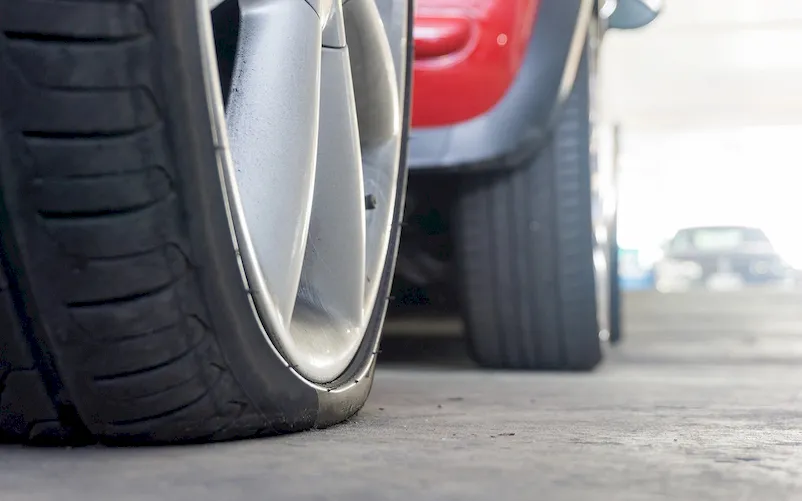
Low tire pressure
Underinflated tires not only burn more fuel but also wear out faster. When the pressure is too low, the tire’s contact patch increases, which raises rolling resistance — in other words, the tires start to “brake” the car, putting extra load on the engine. This factor is often overlooked, but it shouldn’t be.
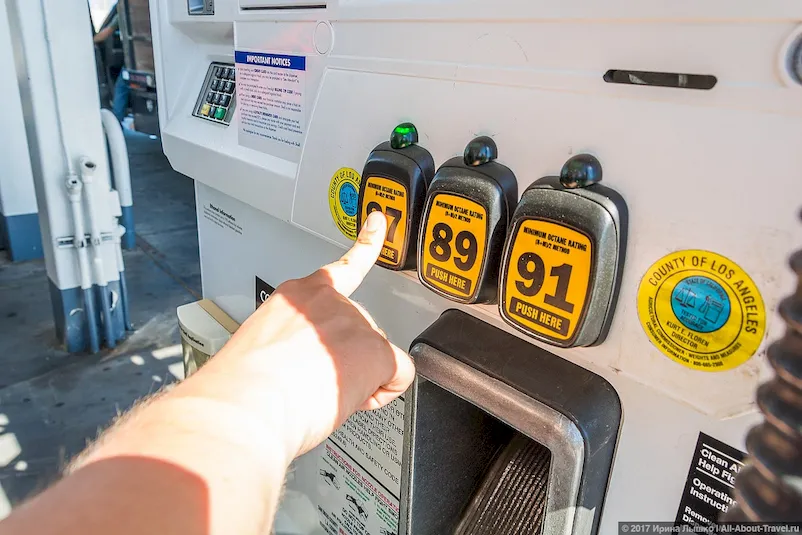
Wrong fuel type
For example, if you fill an engine designed for Premium (91 or 93) with Regular (87 or 89). Besides higher fuel consumption, this also affects engine performance and combustion quality.
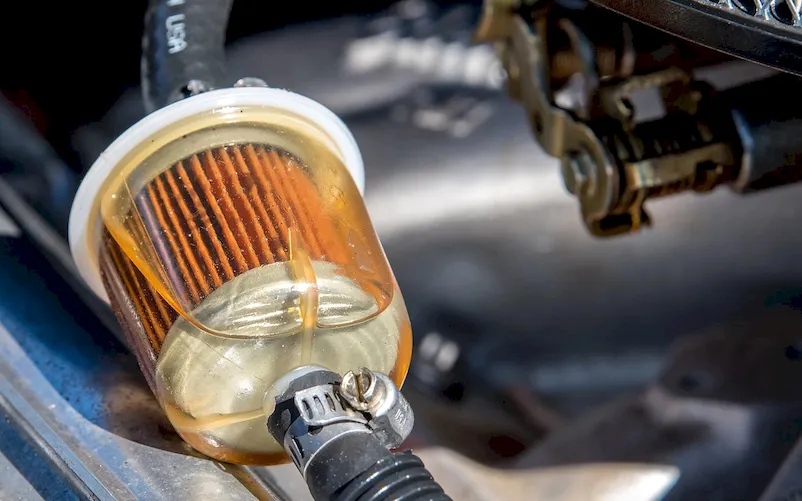
Clogged fuel filter (if equipped)
A small component that even service technicians sometimes forget about. The logic is simple: the worse the fuel flow, the leaner the mixture. To compensate, the engine control unit (ECU) keeps the injectors open longer. Meanwhile, the driver — noticing sluggish response — presses the accelerator harder.
Fuel system issues (beyond the filter)
This includes dirty or worn injectors and a faulty fuel pressure regulator. These problems cause either excess fuel flow or, conversely, not enough during injection. In both cases, the engine runs less efficiently, and drivers tend to compensate by pressing the gas pedal more — increasing overall consumption even when less fuel is actually reaching the cylinders.
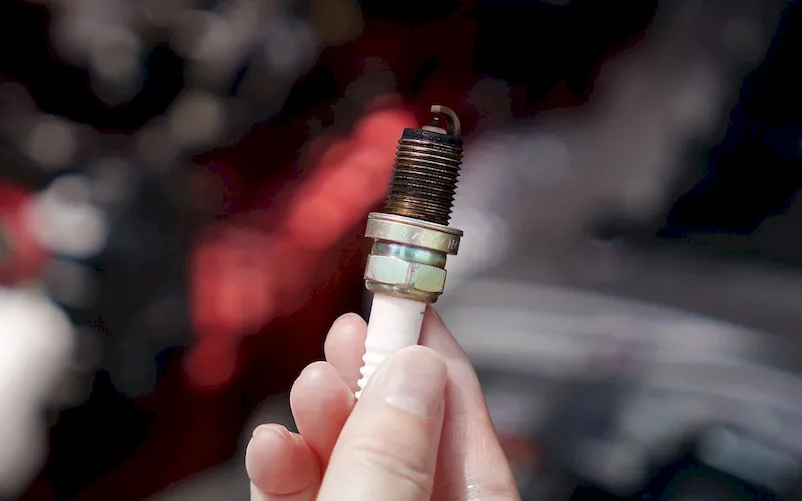
Ignition system problems
Fuel must not only be correctly metered and atomized but also ignited at the right moment. If the spark plugs are fouled or the coils aren’t delivering enough voltage, combustion will be incomplete — leading to misfires, reduced efficiency, and higher fuel use.
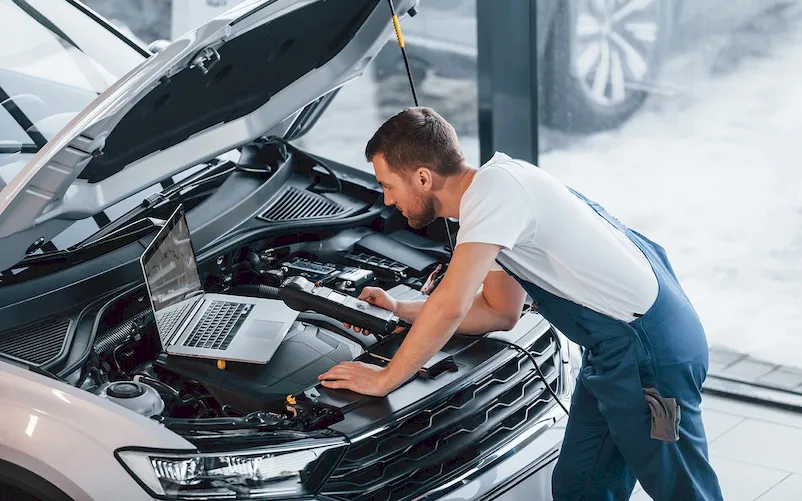
Faulty sensors
Bad data from sensors directly impacts fuel economy. When the engine’s computer receives incorrect readings — for example, from oxygen, temperature, or timing sensors — it adjusts fuel and ignition settings incorrectly, driving consumption up.
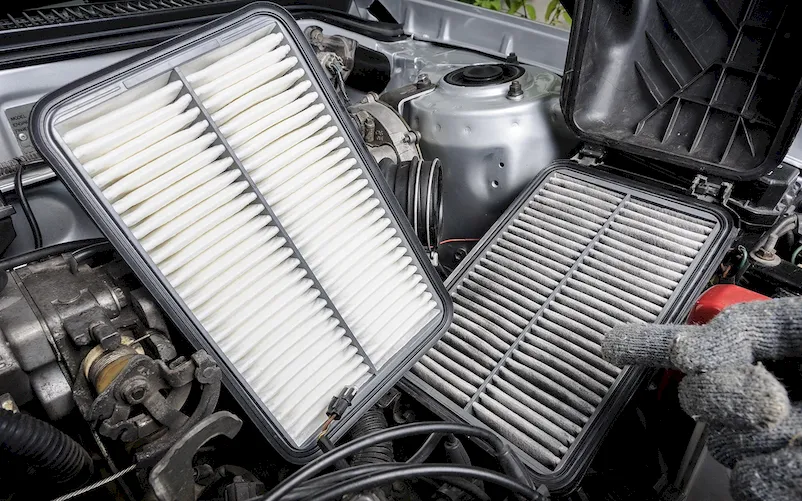
Clogged air filter
This can also raise fuel use, though only in severe cases. To actually feel the difference, the air filter usually has to be neglected for years — something that rarely happens nowadays.

Other indirect causes
These include overloading the vehicle (or simply carrying heavy cargo regularly), aerodynamic drag (like driving with a roof box or rack), sticking brakes, and more. Strictly speaking, almost any deviation from normal vehicle condition increases fuel use — the only question is by how much.
You may also be interested in the news:

Driver Horoscope for the Week of November 24–28
With Jupiter in Gemini, even a hectic commute can turn into a good conversation.

Three Hidden Automatic-Transmission Buttons Even Veteran Drivers Don’t Know About — and Why They Matter
Plenty of drivers who use an automatic transmission every day are convinced they know it inside out.

How to Remove a Dent from Your Car’s Bumper Yourself: Simple Tips for Americans
It happens all the time — you’re backing up, miss a small obstacle, tap it lightly and end up with a simple dent in the bumper.
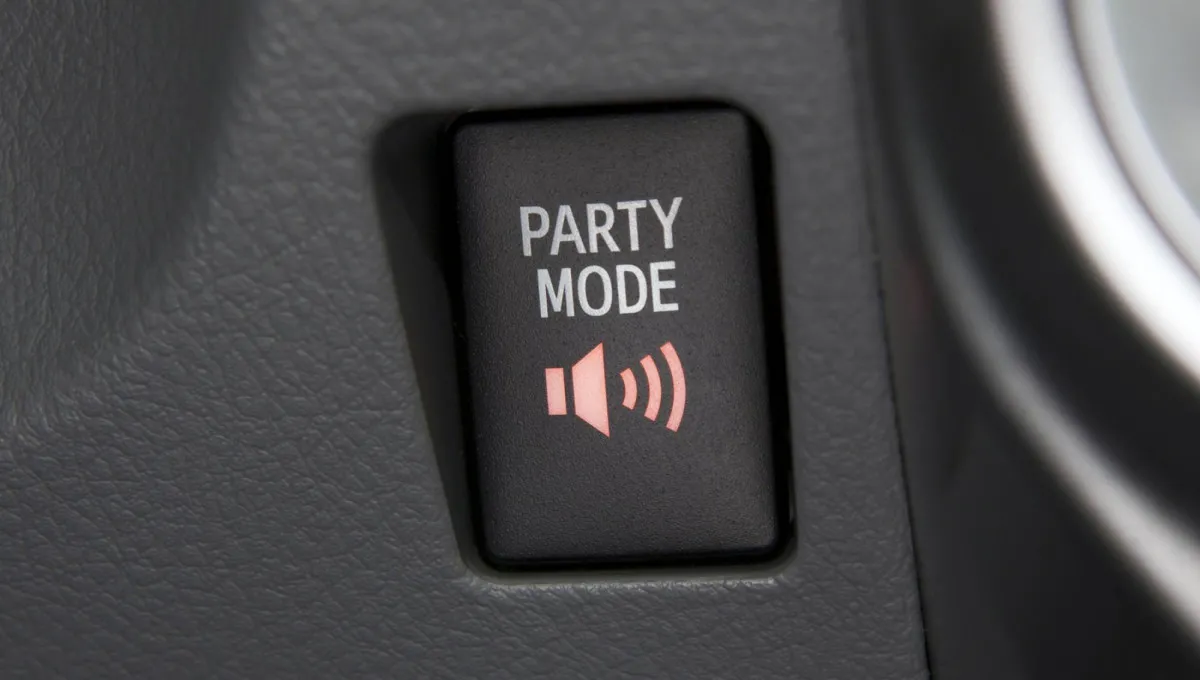
Five Mystery Buttons in Cars — Most Americans Have No Idea What They Do
Different brands feature unusual and unexpected buttons.
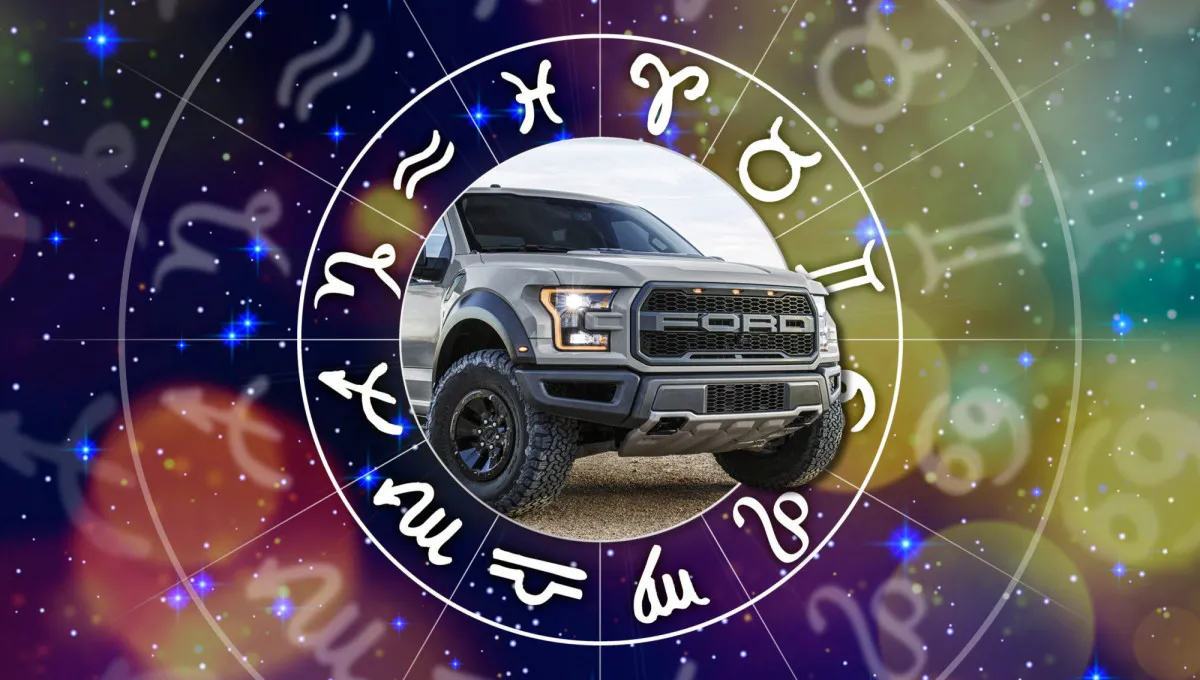
Safe Behind the Wheel: Three Zodiac Signs Known for Their Most Careful Drivers
Most people drive today, but few become truly exemplary motorists.